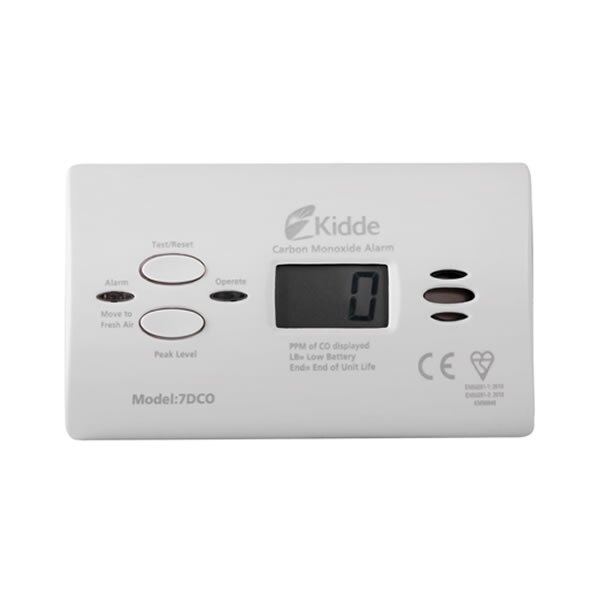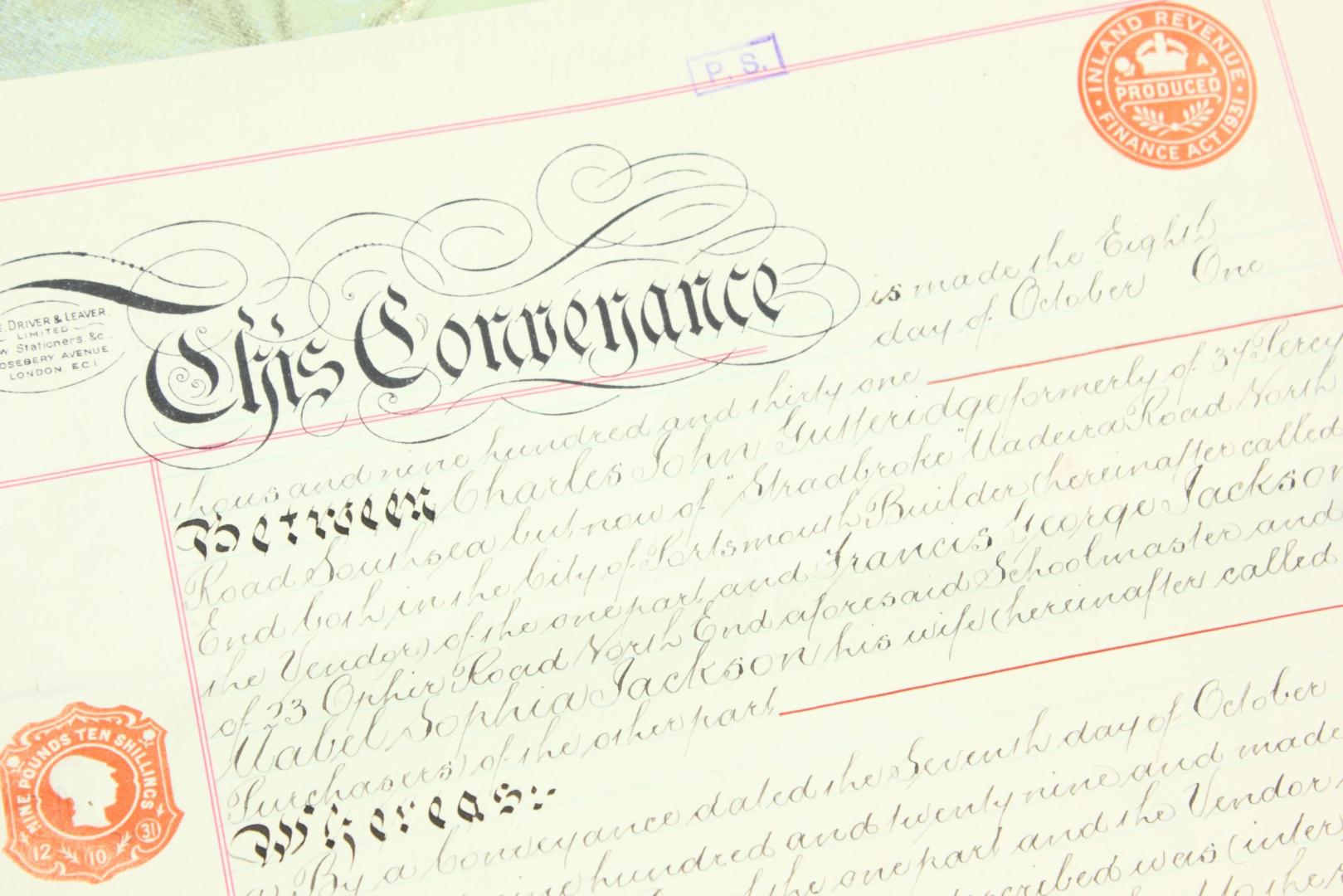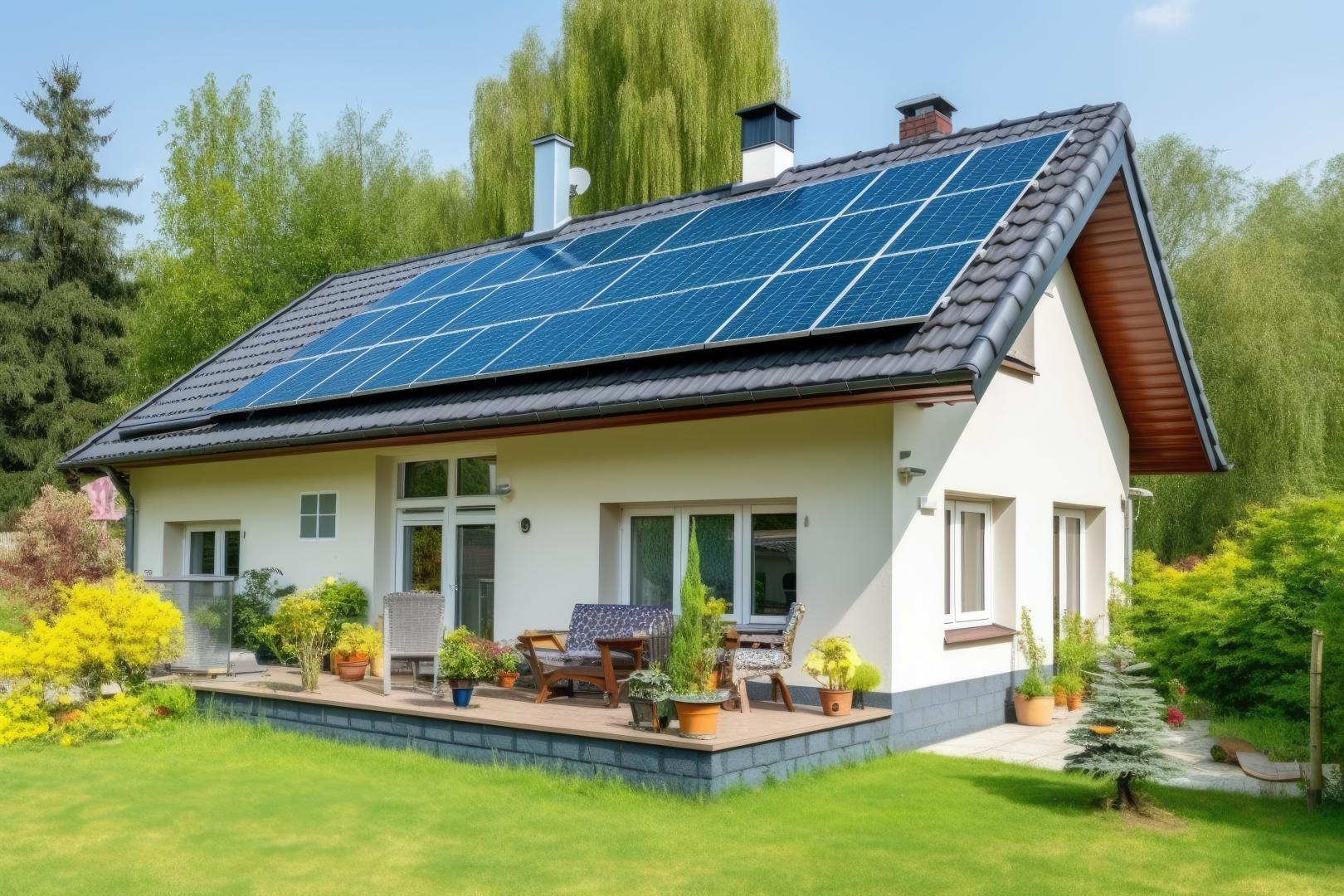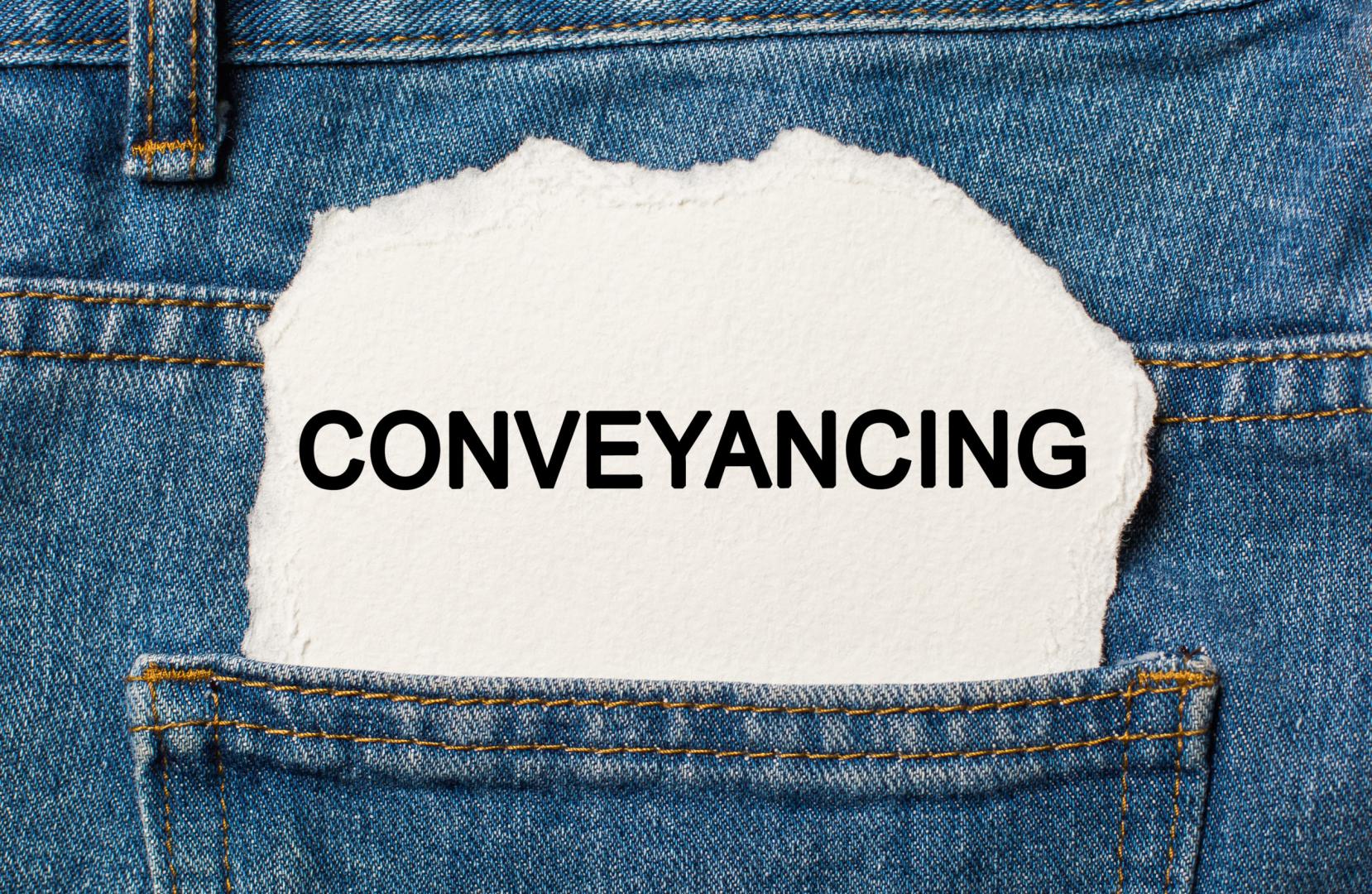Propertymark - Factsheet - September 2022
Regulations for the Installation
of Smoke and Carbon Monoxide
Alarms for Landlords
CONTEXT
The UK Government consulted in November 2020 seeking views on
proposals to extend the Smoke and Carbon Monoxide Alarm (England)
Regulations 2015.
THE CHANGES
On 27 June 2022, the Smoke and Carbon Monoxide Alarm (Amendment)
Regulations 2022 were approved by Parliament and mean that from
1 October 2022 private rented sector and social rented sector landlords
in England must ensure:
• At least one working smoke alarm is equipped on each storey of
their homes where there is a room used as living accommodation.
• A carbon monoxide alarm is equipped in any room used as living
accommodation which contains a fixed combustion appliance
(excluding any room where there is only a gas cooker).
• Smoke alarms and carbon monoxide alarms are repaired or replaced
once informed and found that they are faulty.
NB: A gas cooker refers to any apparatus heated by gas (hob or oven)
and used for cooking food.
ELIGIBILITY
The law will apply to landlords renting residential accommodation to one
or more tenants occupying all or part of the property as their only or main
place to live.
NB: The Regulations do not apply to shared accommodation with the
landlord or landlord’s family, long leases, student halls of residence,
hostels and refuges, care homes, hospitals and hospices, other
accommodation relating to healthcare provision. The rules do not apply to owner occupiers or owner occupiers living in
shared-ownership homes.
WHAT YOU NEED TO DO
Install
From 1 October 2022, landlords must continue to ensure that a smoke
alarm is fitted on every floor of their property where there is a room used
wholly or partly as living accommodation.
Landlords must now install a carbon monoxide alarm in all rooms that are
used as living accommodation which contain a fixed combustion appliance
(excluding any room, usually the kitchen or utility, where there is only a
gas cooker).
NB: Fixed combustion appliances are typically appliances powered by
gas, oil, coal, wood such as gas or oil boilers, or log-burning stoves.
The Regulations do not prevent landlords from installing carbon monoxide
alarms in areas of the home which are not used for living accommodation
for the sake of precaution.
Test
Landlords must also be able to demonstrate that alarms were working at
the start of a tenancy. For example, by pressing the test button until the
alarm sounds.
It is advisable to ask the tenant to sign a receipt confirming the smoke and
carbon monoxide alarms are working or ensure they are in the inventory
at check-in which is signed by the tenant.
It is also advisable to check and record the expiry date of alarms if
applicable when installing or testing them.
NB: The start of a new tenancy is the first day of the tenancy term
and the first day of the tenancy is the date stipulated in the tenancy
agreement (even if the tenant decides to actually move into the property
on a later date). The smoke and carbon monoxide alarms must be
checked to be in working order on the start date of the tenancy.
During the tenancy it is a tenant’s responsibility to ensure the alarm works
and it is their responsibility to change the batteries during the tenancy.
However, should the alarms become faulty during the tenancy landlords
are responsible for replacing them.
NB: Under the Regulations, a bathroom or lavatory is classed as a room
used for living accommodation and a room covers halls or landings.
Stairways are also included in the rules. For instance, for maisonettes
or flats above shops where the flat is on the first floor but you enter via
stairs on the ground floor a smoke alarm will be required in the stairwell.
WHAT YOU NEED TO KNOW
New tenancy
A new tenancy is a tenancy agreement that begins on or after 1 October
2022 and is not a renewal of a previous tenancy agreement.
Type of alarm
The Regulations do not stipulate the type of alarms (such as mains
powered (‘hard wired’) or battery powered) that should be installed.
NB: Landlords should make an informed decision and choose the type of
alarms based on the needs of their building and their tenants, and that
those alarms are compliant with British Standards (BS 5839-6 for smoke
alarms and BS 50291 for carbon monoxide alarms). Where battery
powered alarms are selected, alarms with ‘sealed for life’ batteries
rather than alarms with replaceable batteries are the better option.
On 29 July 2022 the Department for Levelling Up, Housing and
Communities (DLUHC) issued an explanatory booklet to help landlords
further understand and comply with the Smoke and Carbon Monoxide
Alarm (Amendment) Regulations 2022: gov.uk/government/publications/
smoke-and-carbon-monoxide-alarms-explanatory-booklet-for-landlords
THE IMPACT
If a local authority believes a landlord has not implemented the new rules
correctly, the local authority will issue a remedial notice advising the
landlord what they need to do to resolve the problem.
NB: The Regulations do not require the local authority to enter the
property or prove noncompliance to issue a remedial notice.
The local authority must give the notice within 21 days from when they
believe that the landlord has breached the rules. The landlord has 28 days
to respond and/or make good what is needed to comply.
NB: Landlords cannot be held responsible if they can show that they
have taken reasonable steps to comply with the rules but cannot enforce
the changes, such as if a tenant refuses to allow for the work to be done.
ENFORCEMENT
If landlords do not take action, the local authority can arrange for the
required work to be carried out (with the consent of the occupier) to
ensure that tenants are protected.
Local authorities also have the right to impose a fixed penalty charge (like
a parking ticket) of up to £5,000 on landlords who do not comply with
the rules.
NB: Fines will be applied per breach, rather than per landlord
or property.






Share this with
Email
Facebook
Messenger
Twitter
Pinterest
LinkedIn
Copy this link